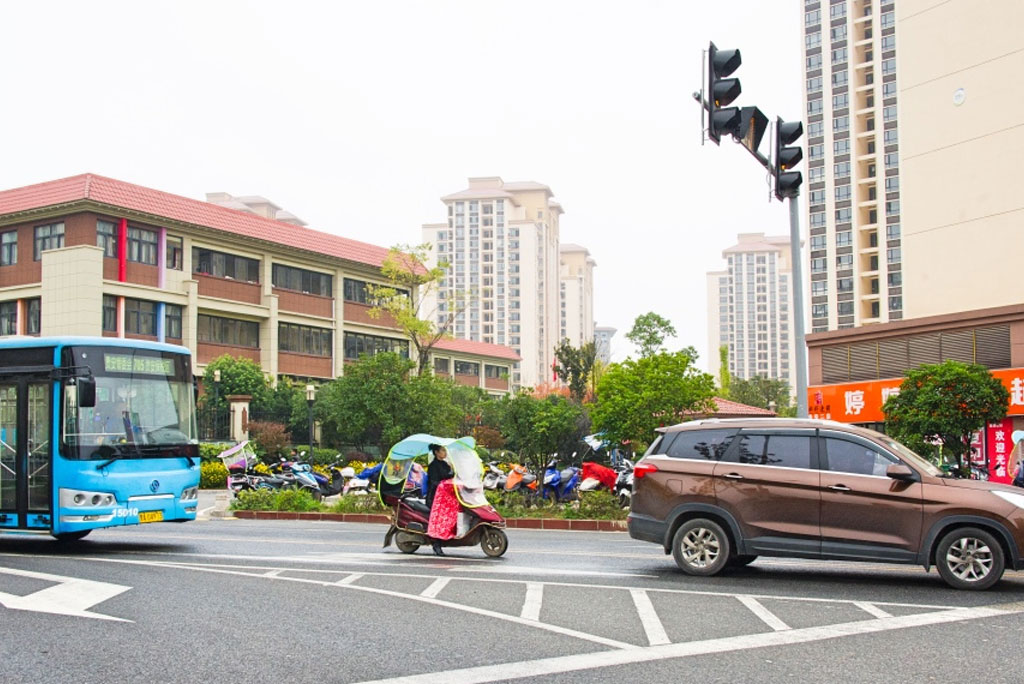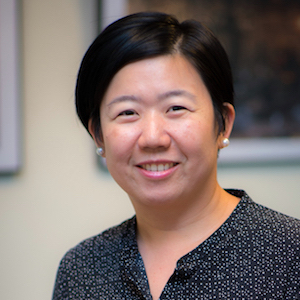East Asia Blog Series
Human-Centered Design: Putting People at the Heart of Urban Transport Infrastructure Planning
Susan Lim and Alessandra Heinemann 15 Jan 2019
ADB is helping a new tech hub in the PRC respond to user needs as it develops a sustainable public transport system.
Visiting Gui’an, the capital of Guizhou province in the People’s Republic of China (PRC), makes you feel like you’ve stepped into a time-lapse film about structural transformation.
Farming villages are giving way to high rises. Hundreds of tech firms—including giants like Alibaba—have set up shop in recent years, drawing in talent from across the country. Former farmers are retraining to take up jobs in the services sector.
Historically among the poorest provinces in the PRC, Guizhou has the ambition to become the country’s data valley by 2020. The contrast between old and new is starkest in Gui’an New District, which is projected to become the heart of Guizhou’s tech hub. ADB is helping the government develop an intelligent transport system (ITS) and sustainable transport infrastructure to make public transport enticing for all, averting the fate of many cities that are choking in traffic.
Our challenge was to design a transport system that is inclusive of the whole spectrum of users – from tech-savvy digital natives to elderly people with limited mobility and IT literacy.
We used human-centered design to better understand people’s mobility needs. Human-centered design (sometimes also called design thinking) is a tried and tested innovation methodology that grew out of Silicon Valley. It has inspired now ubiquitous products such as the mouse, originally designed for Apple in 1980.
Human-centered design puts an emphasis on understanding user needs – both explicit and latent. Insights from conversations with users become the basis for exploring innovation opportunities. For example, design researchers observed that people tend to round up decimals when writing cheques to make addition easier. This inspired a service that rounds up debit card purchases to the nearest dollar, and then transfers the difference into a savings account.
Promising ideas are brought to life as quick-and-dirty prototypes, which are then tested and refined. Development practitioners will recognize participatory principles in the design thinking toolbox, repackaged into an agile problem-solving process.
To understand user needs, we talked to a variety of people in Gui’an about how and what transport they used, which sparked dozens of ideas for small tweaks that could make public transport more user-friendly for everyone. We will experiment with fold-away seating for toddlers on buses, or an app that helps elderly people navigate the city safely by notifying family members when planned journeys go off-track.
Perhaps most importantly, our conversations revealed that physical mobility is closely bound up with social and economic mobility in people’s minds.
While the breakneck pace of change has unleashed a lot of optimism in Gui’an, there is also concern about the digital divide and the future of work. Digital services provide unparalleled convenience for most people, but risk excluding those with low levels of IT literacy. At the same time there is concern about how automation and artificial intelligence will affect wages and jobs, especially for people with low levels of education.
To help tackle these challenges, the project will run a series of “inclusion hackathons,” events where computer programmers and other experts come together to develop apps and services focused on social inclusion and mobility, drawing on data from the ITS.
The project will also leverage the ITS to organize coding camps for school aged girls during their summer break. We hope this will motivate girls to pursue STEM education and careers, contributing to closing the digital gender gap.
We are eager to see how the project evolves as the collaboration with our partners in Gui’an continues. So far, our experiment with design thinking has left us feeling optimistic about its potential to put people’s needs at the heart of infrastructure development, and to help us work more collaboratively across sectors.
We hope that we can continue to experiment with human-centered design and expand its application to other infrastructure projects in Asia and the Pacific.
Author

Susan Lim
Senior Transport Specialist, East Asia Department, ADB

Alessandra Heinemann
Social Development Specialist, East Asia Regional Department, ADB
This blog is reproduced from Asian Development Blog.


